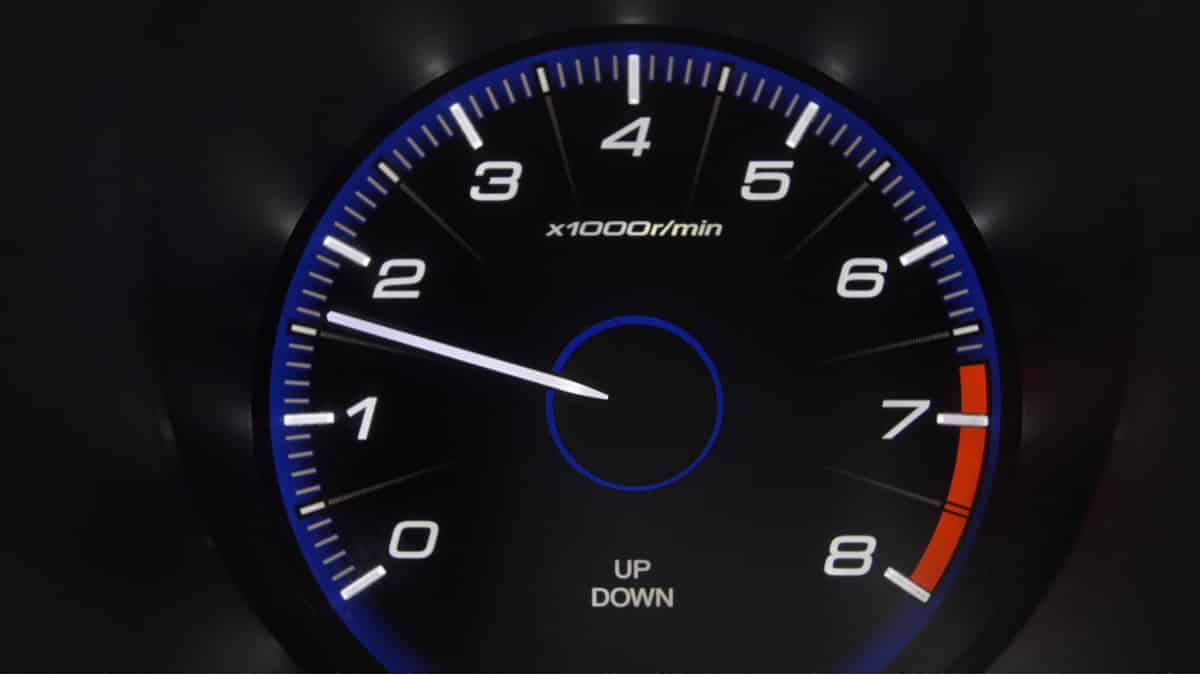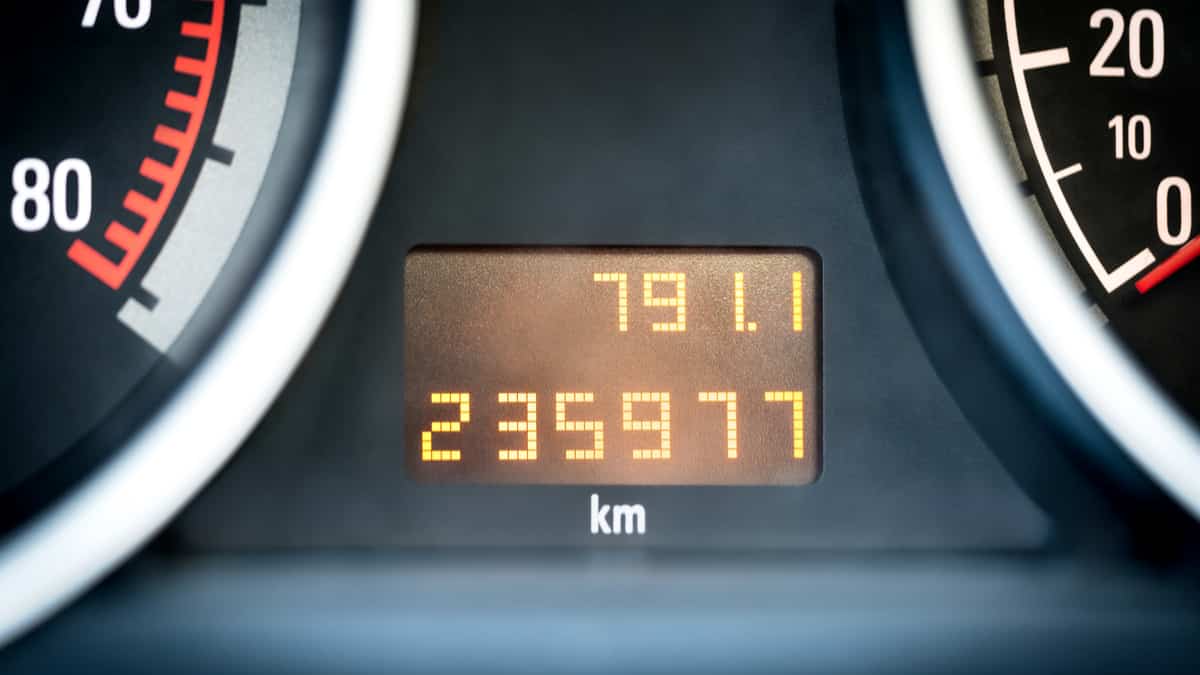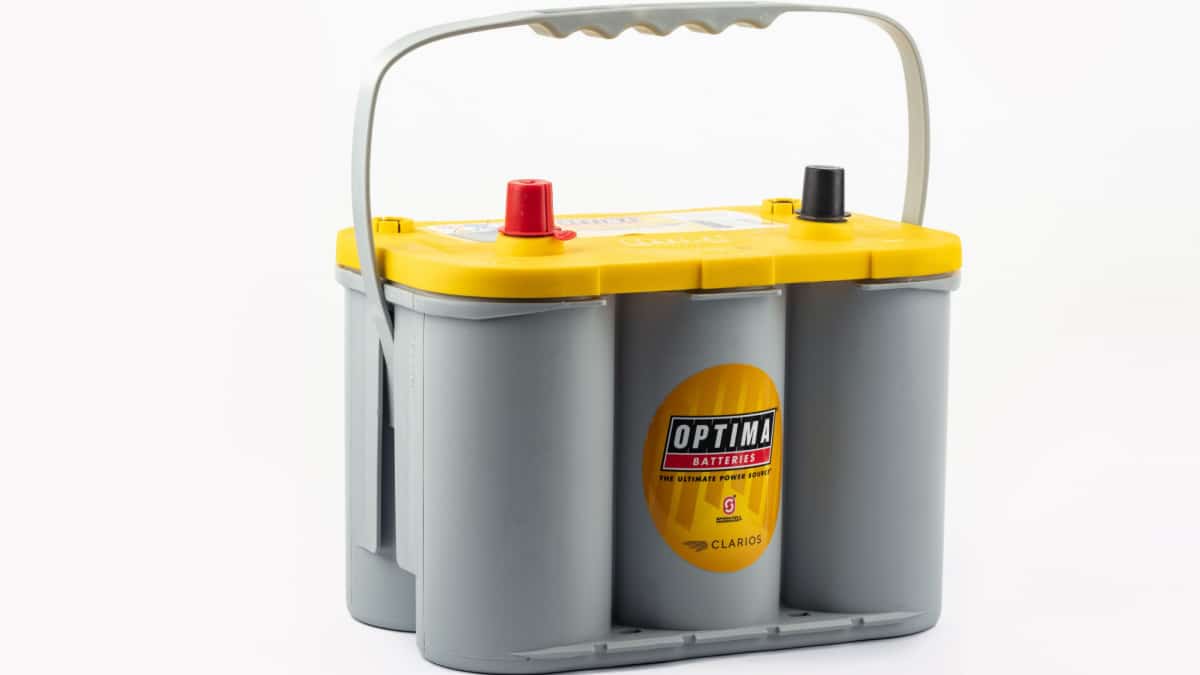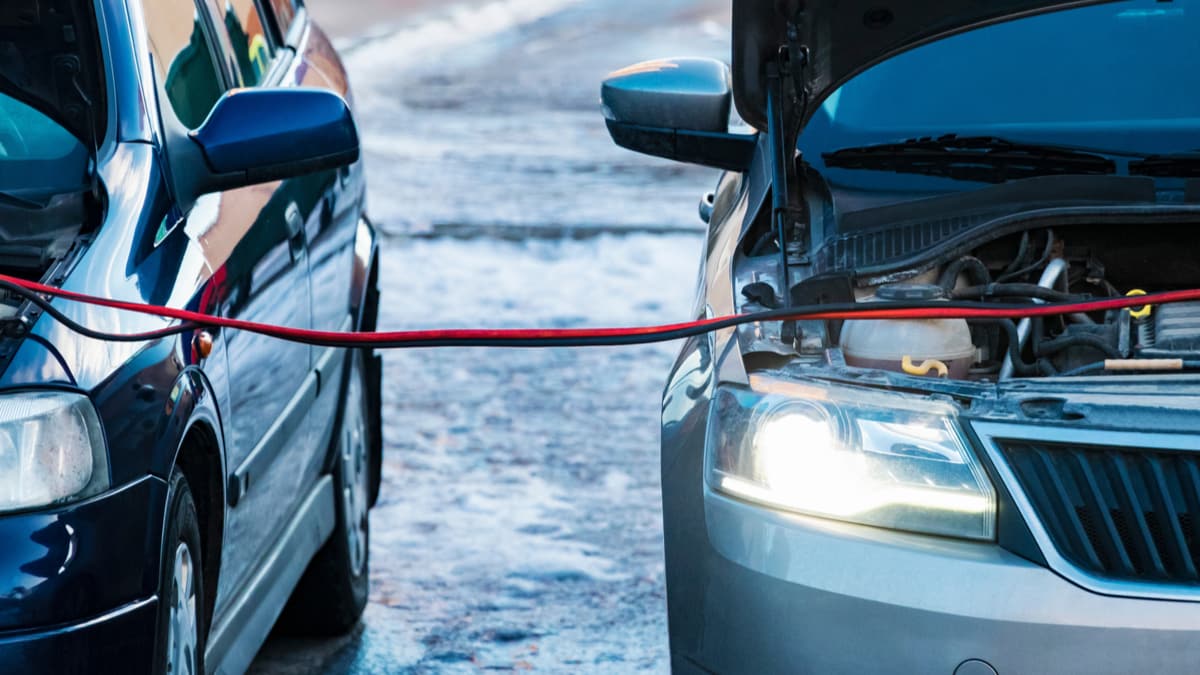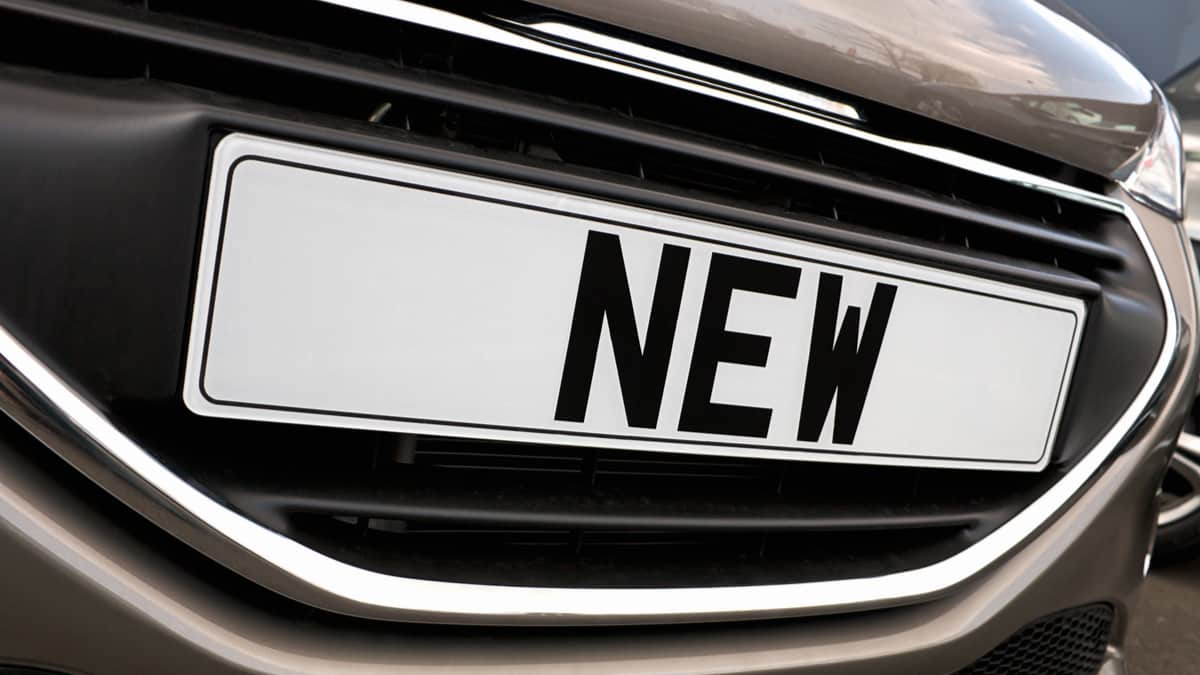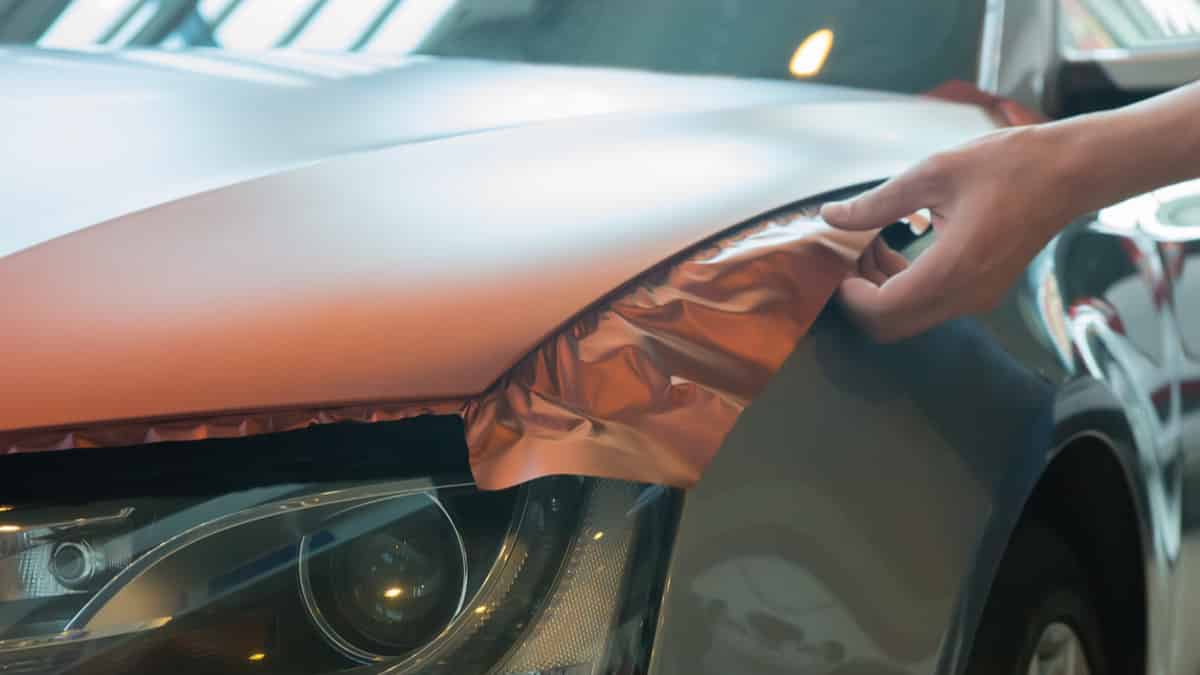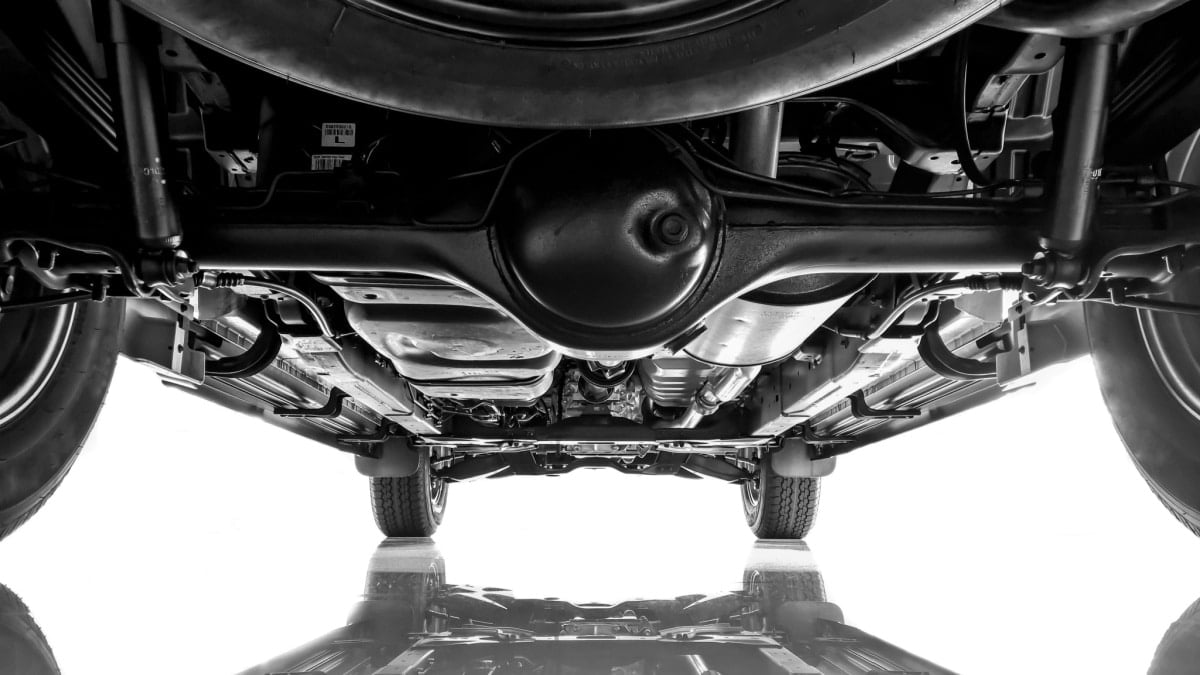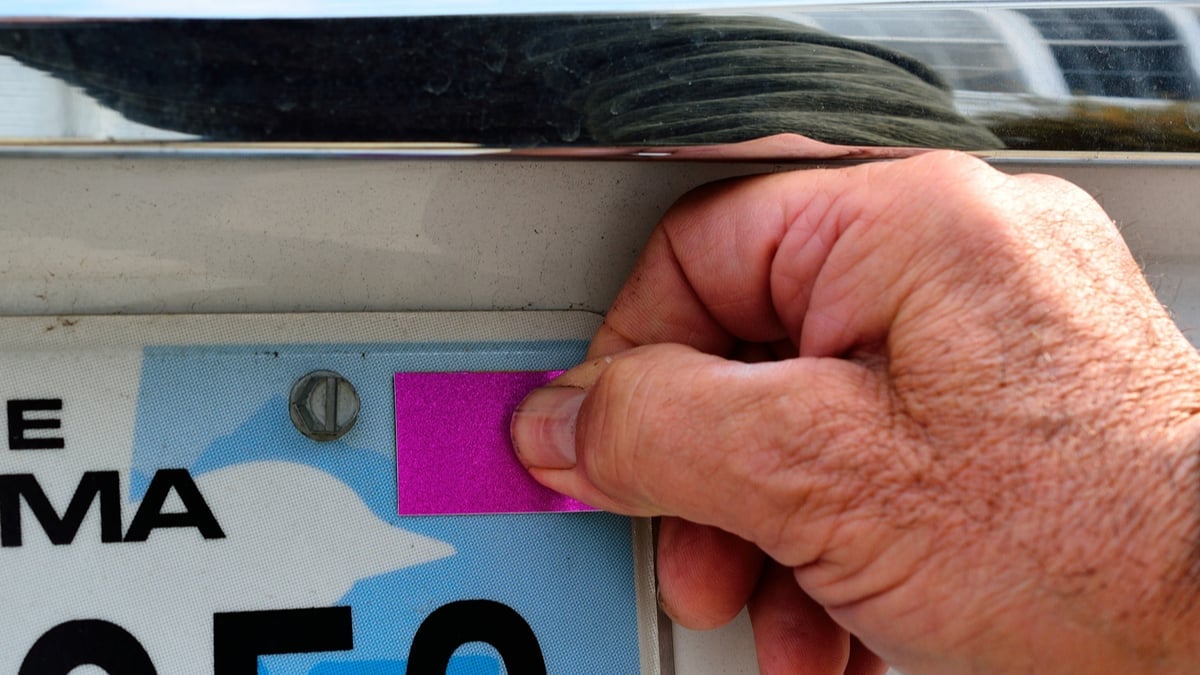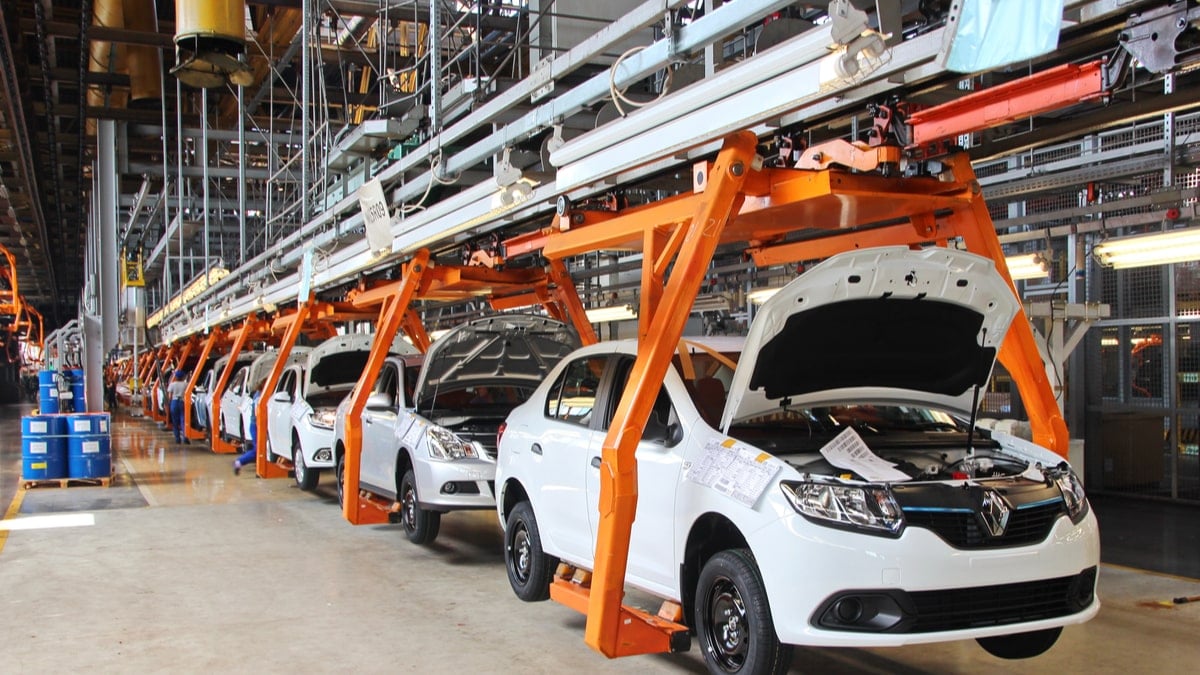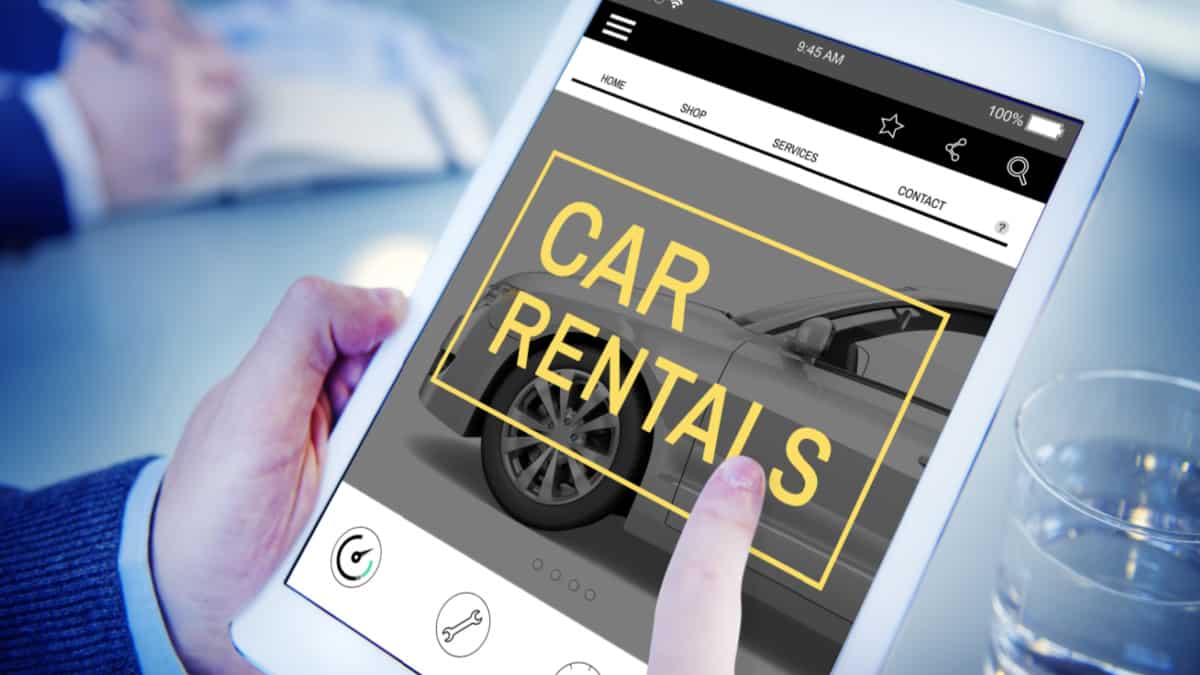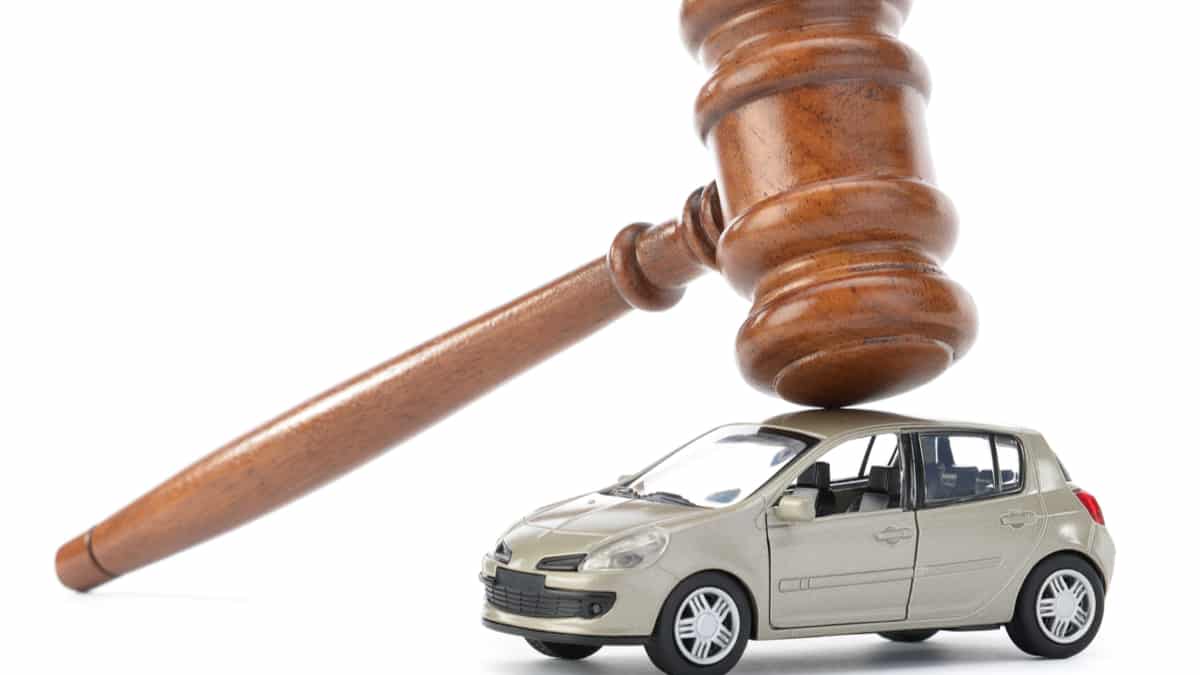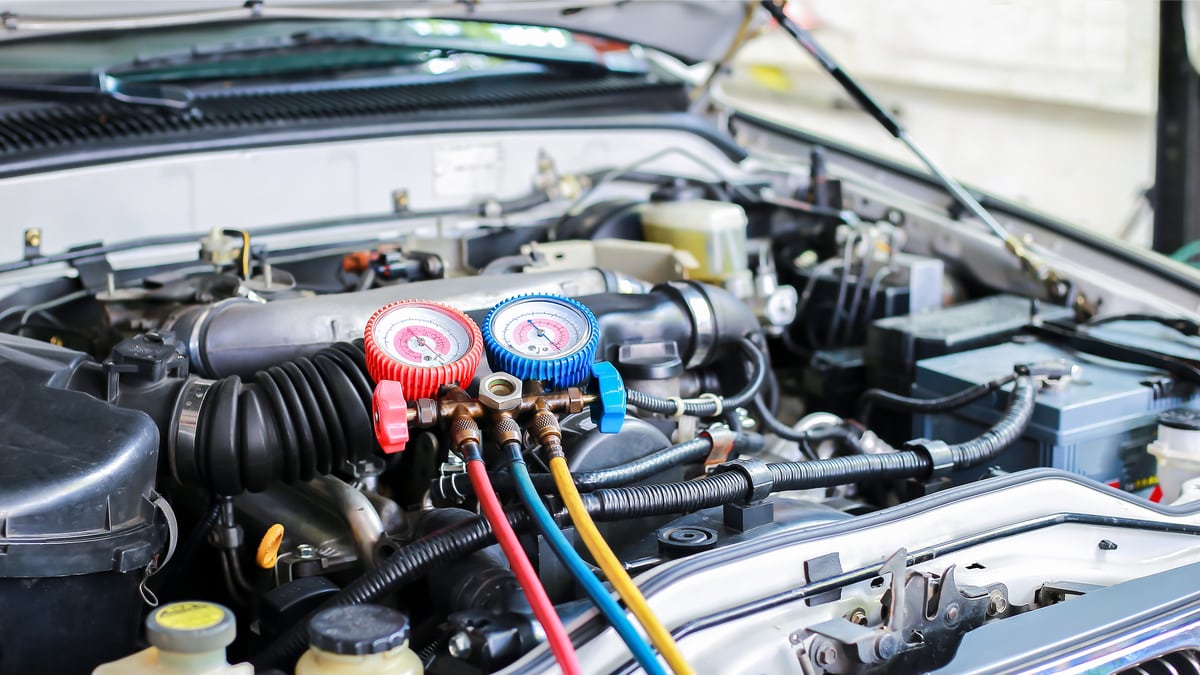Whether you are trying to warm up your car or show off, you might want to know how to rev a car. The directions are different whether you are driving a manual or automatic vehicle. So how do you rev a car?
To rev a car in an automatic vehicle, you want to shift into Neutral before pressing the accelerator pedal. If you have a manual transmission, you can push the clutch in while you rev the RPMs. As you rev the engine, the needle on the tachometer will rise.
I discuss the purpose of revving the engine. This guide also provides guidance on how to do this with an automatic or manual transmission.
Why Rev a Car Engine?
When you rev the car engine, you accelerate the speed of the motor without using it to propel forward. The process increases the engine sound as well. The harder you press down the gas pedal, the more RPMs increase and the louder the sound becomes.
When you rev a car engine, it increases the circulation of oil within the motor. Drag cars use the practice because higher RPMs are needed for proper oil circulation and faster starting speeds, because of a higher power to start with. It also benefits the battery if charging is needed. After a jumpstart, you can rev the engine to help boost the battery charge.
When it is cold outside, you can rev up the engine to increase the temperature and produce more heat. It’s a common practice used to warm up the car in winter conditions.
As you rev the car engine, you notice the tachometer needle rises. However, it isn’t just cars that can rev the engine. You can also perform this practice with motorcycles.
How to Rev an Automatic Car
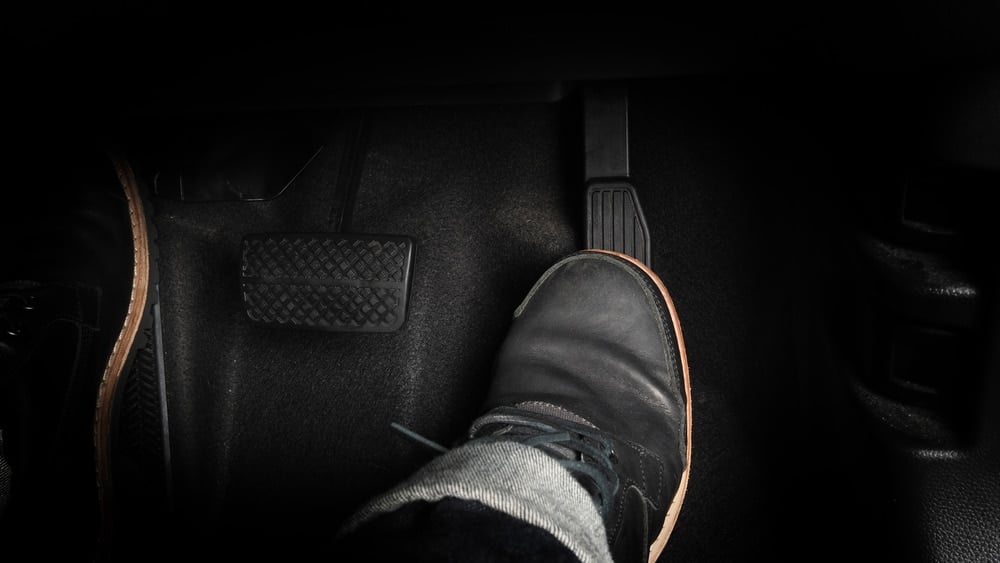
1. Start the Vehicle
Before you can rev the car engine, you must start the vehicle. Get the engine running first.
You should also give the engine time to circulate some oil. It’s best to idle the car for at least twenty to thirty seconds or wait until the engine is warm for higher revs. Oil will circulate through the engine and lubricate the various components.
2. Push on the Accelerator Pedal
Push down on the accelerator gently with the gear shifter placed in Neutral. The engine speed should increase gradually and the sound will also get louder.
You should see the tachometer moving – getting higher the harder you push down the pedal. You don’t want that line to reach the red line, so pay close attention.
Once you are finished revving the engine, simply release your foot from the accelerator pedal. The RPMs should return to normal.
How to Rev an Engine in Park
1. Start the Car
The directions of revving the engine while it is in Park don’t look much different than when the transmission is in Neutral. Start the engine and allow it to run for a little bit.
You want the oil to circulate through the engine before you rev it. Instead of putting the vehicle in Neutral, leave the gear shifter in Park. You should also engage the emergency brake, just to be sure the car doesn’t move.
2. Push the Accelerator
Push down on the accelerator and watch the RPMs rise. Remember to keep a close eye on the tachometer to ensure that the needle doesn’t move beyond the red line.
You can continue pressing the accelerator down or release it and press it again, depending on what your needs are. When you are finished, release the accelerator, remove the emergency brake, and put the gear shifter into the appropriate spot to get moving.
How to Rev a Manual Car
1. Push in the Clutch
The first way to rev the engine with your manual transmission vehicle is to push in the clutch. When you do this, the engine disconnects from the drivetrain.
With the clutch pushed in, you can press the accelerator pedal. The engine will rev without the car’s speed increasing.
2. Shift Into Neutral
You can also put the manual transmission into neutral to rev the engine. Put your stick shift in the neutral position.
When it is in neutral, you can press the accelerator pedal to rev the engine. When you are finished, release the pedal and put the car back in gear.
Is It Bad To Rev Your Car Engine?
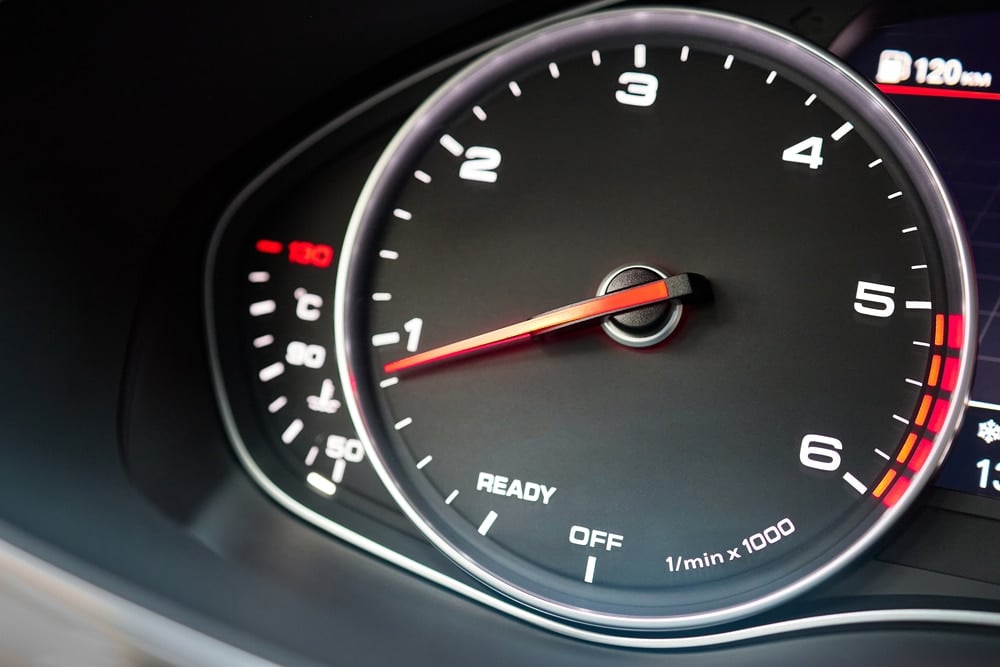
It’s not bad to rev the engine occasionally. It’s a great tool to charge the battery or warm up the engine.
However, you need to be careful how you rev the engine. You don’t want the tachometer to reach the red line, or it could cause damage to the engine. Follow our directions, showing you how to rev the engine safely.
What is the proper way to rev a car?
Revving a car is simple, although there are several things to be careful about. For a start, warm up the engine to a running temperature, as revving it while cold may cause damage. Next, put the transmission into Neutral or Park. Or, if you have a manual, shift it out of gear. To be on the safe side, you may want to apply the parking brake. Lastly, press the throttle and watch the revs as they go up. Still, make sure the needle doesn’t reach the rev counter’s red area.
Do you rev a car in neutral or park?
There is no difference between revving the car in Park or Neutral. In both these gears, the transmission will be disengaged. As such, it will not transfer the power from the engine to the wheels. And that’s just what you need when revving the engine while stationary, as it will not put additional loads on the drivetrain. The only difference between these two gears is that when in Park, a mechanism within the transmission engages and prevents the vehicle from moving.
Is it safe to rev a car?
Yes. Revving the car is completely safe. That is, at least as long as you follow several basic steps. This includes warming up the engine and shifting the transmission out of gear. Park is the best option for an automatic, whereas applying the parking brake will do the same in cars with a manual transmission. With all precautionary steps checked out, you can safely press the throttle and rev the car. The only thing left to be careful of while doing this is not revving up into the rev counter’s red area.
How do you rev a car without damaging it?
Several conditions should be met if you want to rev your car without fear of damaging it. First, you shouldn’t do this until the engine has warmed up, as mechanical wear is higher while cold. Next, shift the transmission out of gear to avoid putting additional strain on drivetrain components. Lastly, ensure the engine doesn’t rev up into the red area while pressing the throttle.
Revving the car involves intentionally increasing its engine speed without moving forward. There are several reasons why you may want to do this. First, higher engine speeds will improve oil and coolant circulation, which could be needed in certain situations.
Similarly, the alternator will generate more electricity when the engine revs up, improving battery charging. Lastly, you may want to rev up your car just to show off at the traffic lights. Whatever the reason, the procedure is the same – warm up the engine, shift the transmission out of gear, and press the throttle.
